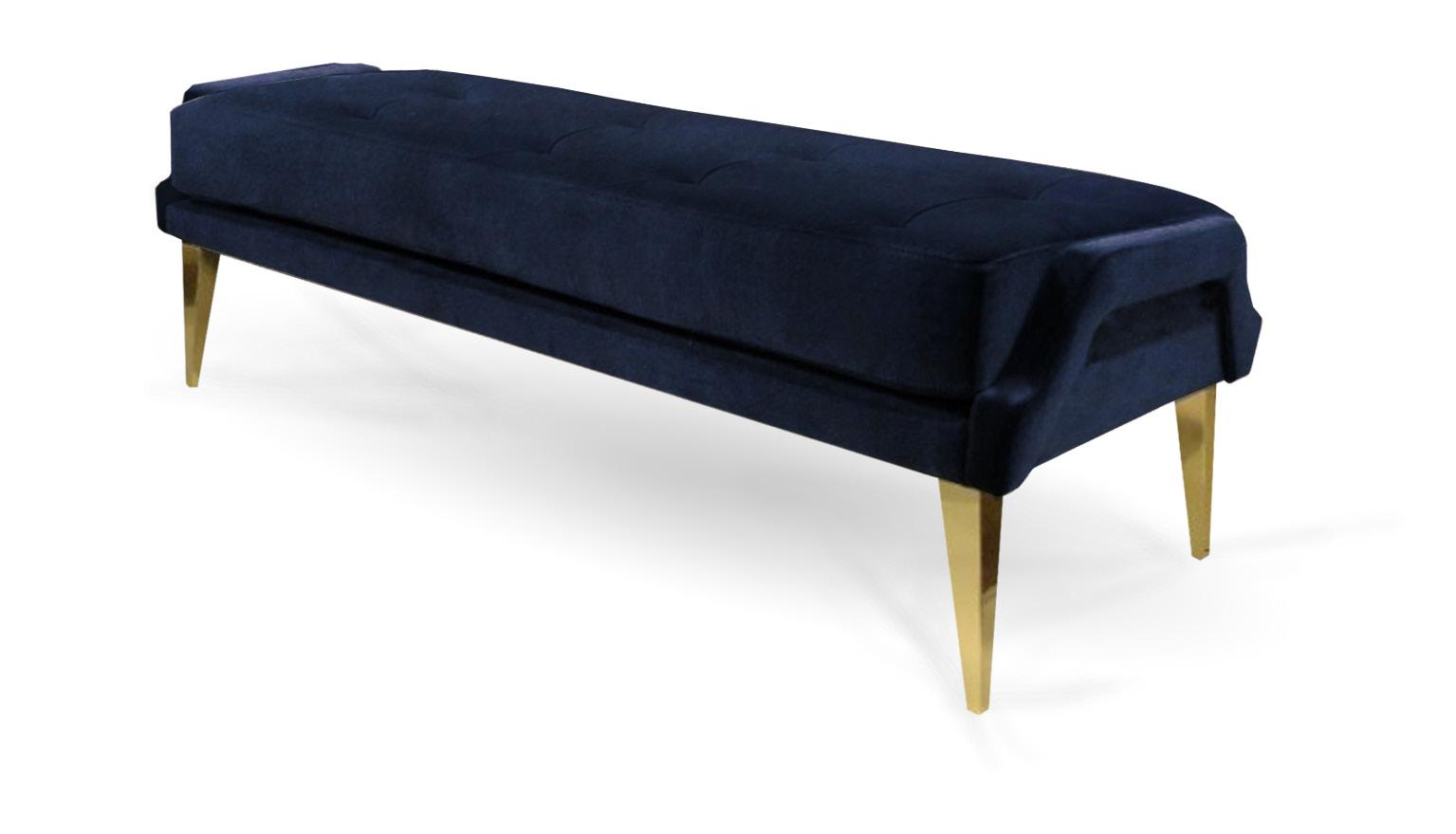HOME + INTERIORS
LUXURY TABLEWARE Enhancing Every Dining Experience | BY KEVIN PILLEY
W
hat international food will you serve at your next dinner party to impress your guests? French? Italian? Japanese? Portuguese? Turkish? No matter the cuisine, the tableware choice enhances the experience. The manufacturing of hard-paste porcelain at Limoges in Haut Vienne, France, was established in 1771. The brand name “Limoges Porcelain” has been protected since 2017. You can’t go wrong with kaolin, quartz, and feldspar materials that create beautiful plates, cups, and bowls. The light effects of the rice paper Japanese screens, the art of origami folding, and the braiding and caning of the furniture of the 50s influence the Twist Collection by Bernardaud (est. 1863). Raynaud, which dates back to 1911, offers Oskar and Prestige collections featuring the MineraI Irise and Cristobel Emerlaude ranges, which lend more than a touch of haute couture to any dining-room table. 144 | UPSCALE LIVING MAGAZINE | AUG/SEPT 2023
The use of elegant tableware has deep royal roots. Founded in 1737 under Louis XV, then put under the protection of the Comte d’Artois, Louis XVI’s brother, in 1774 and sold during the Revolution, the Ancienne Manufacture Royale de Limoges is part of the history of France. From Bernardaud’s Historical Collection, you can eat off plates with patterns designed in 1757 for Louis XV for the royal residence at Fontainebleau, Marie-Antoinette at Versailles (pearl and cornflower), and Catherine XI of Russia (“Aux Camees”). The Elysée service was produced by the Sèvres Manufactory in 1832 for the personal use of King Louis-Philippe in the Tuileries Palace. The National Museum of Ceramics in Sèvres displays the original service pieces. The long history of Limoges began with David Haviland. He is the man who made Limoges the world capital of Limoges. His Heritage Collection includes Louveciennes, a design favored by Marie Antoinette at the Palace of Versailles. The Haviland company’s roots date back to

















































































































